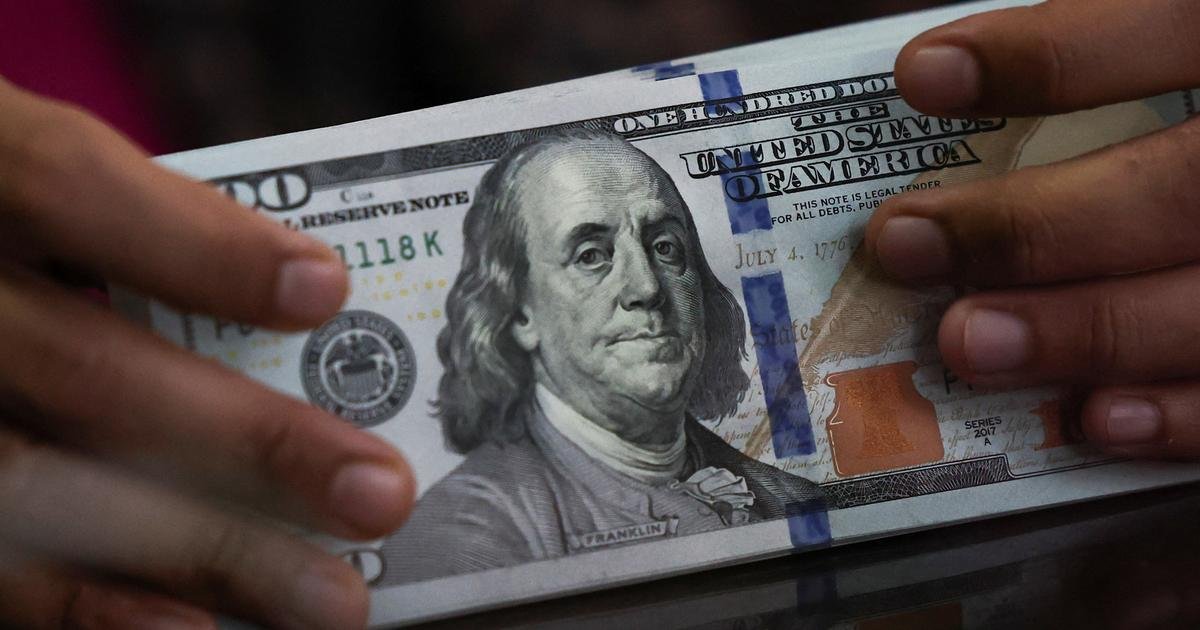USD/CHF holds ground for the second consecutive day, hovering around 0.7930 during the Asian trading hours on Monday. The pair receives support as the Swiss Franc (CHF) weakens over domestic economic concerns. Traders will likely observe the Swiss Trade Balance data to gain further impetus on the Swiss economy, scheduled to be released on Tuesday.
The State Secretariat for Economic Affairs (SECO) kept its 2025 GDP growth forecast in Switzerland unchanged at a below-average 1.3% in its October outlook, citing a significant slowdown in the second half of the year. For 2026, SECO lowered its growth projection to 0.9% from 1.2% in June.
The upside of the USD/CHF pair could be capped as the US Dollar (USD) remains under pressure as the government shutdown extends into its 19th day with no resolution in sight. Senators failed for the tenth time on Thursday to end the stalemate, marking the third-longest funding lapse in modern US history.
The US Dollar also faces challenges amid the increased likelihood of further rate cuts by the US Federal Reserve (Fed). The CME FedWatch Tool indicates that markets are now pricing in nearly a 100% chance of a Fed rate cut in October and a 96% possibility of another reduction in December.
However, the downside of the USD could be restrained amid easing trade tensions between the United States and China after US President Donald Trump said that he wants China to buy soybeans at least in the amount they were buying before. Trump added that he believes China will make a deal on soybeans. “We can lower what China has to pay in tariffs, but China has to do things for us too,” he added.
Swiss economy FAQs
Switzerland is the ninth-largest economy measured by nominal Gross Domestic Product (GDP) in the European continent. Measured by GDP per capita – a broad measure of average living standards –, the country ranks among the highest in the world, meaning that it is one the richest countries globally. Switzerland tends to be in the top spots in global rankings about living standards, development indexes, competitiveness or innovation.
Switzerland is an open, free-market economy mainly based on the services sector. The Swiss economy has a strong export sector, and the neighboring European Union (EU) is its main trading partner. Switzerland is a leading exporter of watches and clocks, and hosts leading firms in the food, chemicals and pharmaceutical industries. The country is considered to be an international tax haven, with significantly low corporate and income tax rates compared with its European neighbors.
As a high-income country, the growth rate of the Swiss economy has diminished over the last decades. Still, its political and economic stability, its high education levels, top-tier firms in several industries and its tax-haven status have made it a preferred destination for foreign investment. This has generally benefited the Swiss Franc (CHF), which has historically kept relatively strong against its main currency peers. Generally, a good performance of the Swiss economy – based on high growth, low unemployment and stable prices – tends to appreciate CHF. Conversely, if economic data points to weakening momentum, CHF is likely to depreciate.
Switzerland isn’t a commodity exporter, so in general commodity prices aren’t a key driver of the Swiss Franc (CHF). However, there is a slight correlation with both Gold and Oil prices. With Gold, CHF’s status as a safe-haven and the fact that the currency used to be backed by the precious metal means that both assets tend to move in the same direction. With Oil, a paper released by the Swiss National Bank (SNB) suggests that the rise in Oil prices could negatively influence CHF valuation, as Switzerland is a net importer of fuel.







